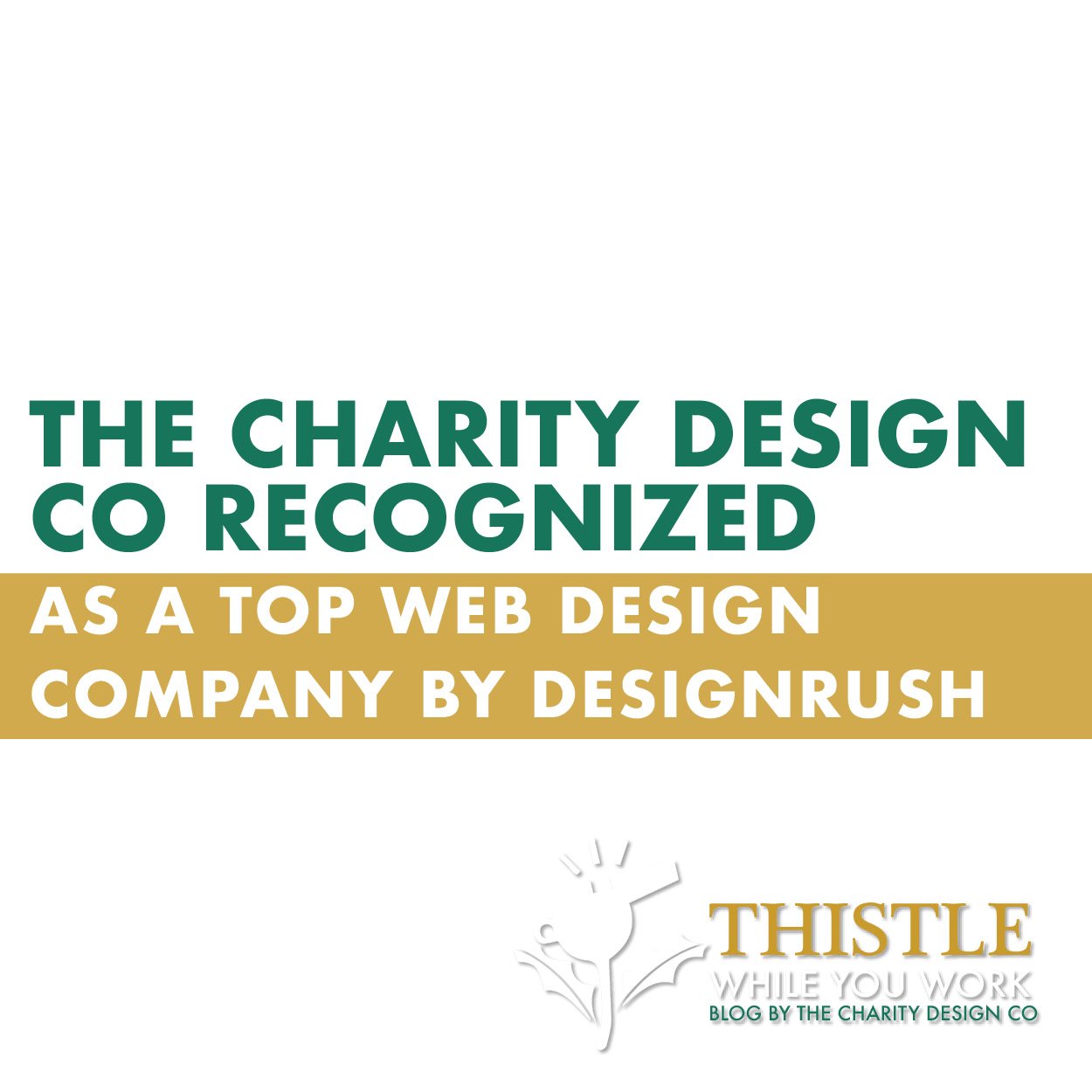WHAT IS THE ROLE OF BLOCKCHAIN IN NONPROFIT TRANSPARENCY
Blockchain technology has taken the world by storm, revolutionizing industries from finance to healthcare. But what about its impact on nonprofits? In an age where transparency and accountability are crucial for maintaining trust with donors and stakeholders, blockchain offers a solution that is changing the game for charitable organizations. So let’s explore the role of blockchain in nonprofit transparency, unpacking how this innovative technology is reshaping the way nonprofits operate and communicate with their supporters.
What is Blockchain and Where to Find It?
At its core, blockchain is a decentralized digital ledger that securely records transactions across multiple computers. This means that once information is added to the blockchain, it cannot be altered retroactively, ensuring an unparalleled level of security and transparency. Each transaction is grouped into a "block," and when that block is filled, it's linked to the previous one, creating a chain of blocks—hence the name "blockchain." But where can you find this revolutionary technology? Blockchain is not confined to the realm of cryptocurrencies like Bitcoin and Ethereum; it’s being implemented in various sectors including supply chain management, healthcare, and, of course, nonprofits. Numerous platforms and companies are leveraging blockchain technology to enhance transparency, including Ethereum, Hyperledger, and R3 Corda, making it increasingly accessible for organizations looking to boost their credibility and operations. By integrating blockchain into their systems, nonprofits can provide donors with real-time access to their funding and usage, fostering an environment of trust and accountability.
Enhanced Accountability: One of the key benefits of blockchain technology for nonprofits is enhanced accountability. By utilizing a decentralized ledger system, organizations can track every transaction in real-time, ensuring that funds are being used as intended. This level of transparency builds trust with donors and stakeholders, providing them with confidence that their contributions are making a real impact.
Improved Donor Relations: Blockchain also plays a crucial role in improving donor relations for nonprofits. With transparent records of how funds are being allocated and used, donors can see firsthand the difference their contributions are making. This level of visibility fosters stronger relationships between nonprofits and their supporters, leading to increased donations and long-term partnerships.
Prevention of Fraud: Nonprofits are often targets for fraudsters looking to exploit vulnerable populations or siphon funds for personal gain. Blockchain technology provides a secure platform for storing data and conducting transactions, reducing the risk of fraudulent activity within charitable organizations. By leveraging blockchain's immutable nature, nonprofits can ensure that their operations remain free from corruption.
Streamlined Reporting Processes: Traditional reporting processes within nonprofits can be time-consuming and prone to error. Blockchain streamlines these processes by automating record-keeping and providing real-time updates on financial transactions. This not only saves time and resources but also ensures accuracy in reporting, giving stakeholders a clear picture of how funds are being managed.
Global Impact: Beyond just improving internal operations, blockchain has the potential to make a global impact on nonprofit transparency. By providing a secure platform for cross-border transactions and data sharing, blockchain enables nonprofits to reach communities around the world more efficiently and effectively. This level of connectivity opens up new opportunities for collaboration and expands the reach of charitable efforts.
In conclusion, blockchain technology is playing a vital role in promoting transparency within nonprofit organizations. By enhancing accountability, improving donor relations, preventing fraud, streamlining reporting processes, and enabling global impact, blockchain is revolutionizing the way nonprofits operate and communicate with their supporters. As we look towards a future where trust and transparency are paramount in the nonprofit sector, embracing blockchain technology will be key to building strong relationships with donors and making a lasting impact on communities worldwide.








